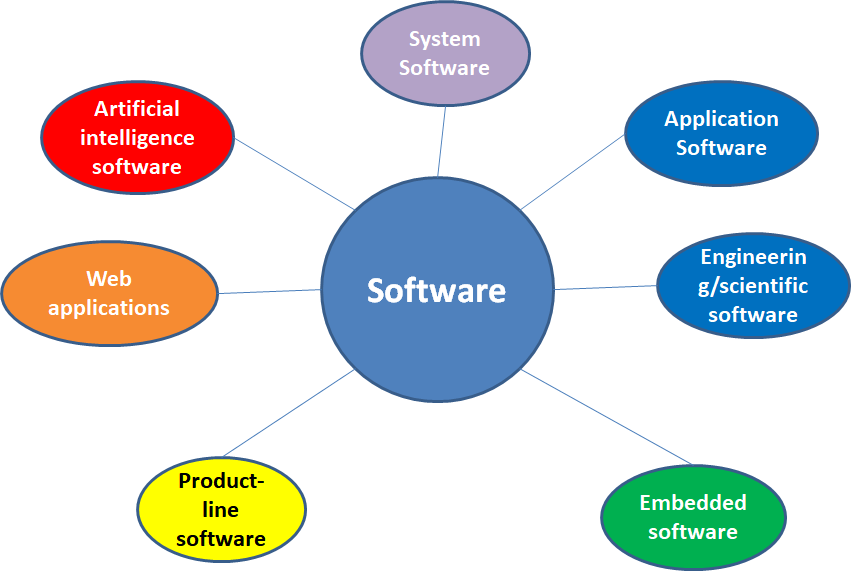So you’re curious about the world of software and want to know more about its different types? Well, you’ve come to the right place! In this article, we’ll be discussing five distinct categories of software that play a crucial role in shaping our digital lives. From the applications that make our smartphones indispensable to the programs that power complex business systems, we’ll explore the diverse realms of software and how they impact our day-to-day experiences. Get ready to embark on a journey through the exciting world of software! When it comes to understanding the different types of software, it’s important to recognize that software is the set of instructions that directs a computer or electronic device on how to perform specific tasks. Software can be categorized into various types based on its purpose and functionality. In this article, we’ll explore five types of software: system software, programming software, application software, utility software, and embedded software. Each category plays a crucial role in the overall functioning of a computer or electronic device, so let’s dive in and learn more about them.
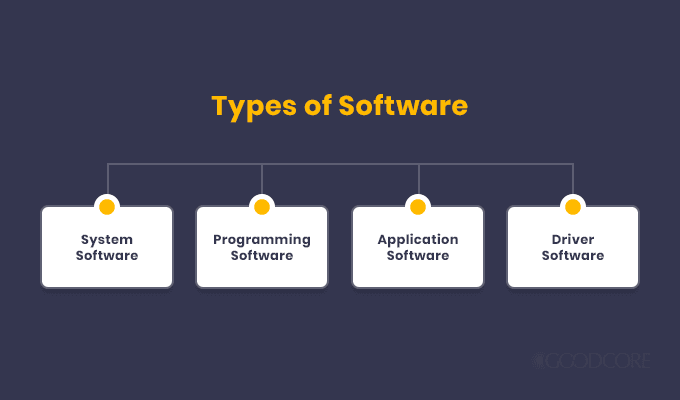
This image is property of cdn-galmn.nitrocdn.com.
System Software
System software forms the foundation of a computer or electronic device’s operation. It provides a vital link between the hardware and the user-facing software. The system software consists of three main components: operating systems, device drivers, and firmware.
Operating Systems
An operating system (OS) is the fundamental software that manages computer hardware resources and provides common services for computer programs. It acts as an intermediary between the computer hardware and the user, allowing the user to interact with the device effortlessly. Operating systems come in various forms, such as Windows, macOS, Linux, and Android, each tailored to specific devices and their functionalities.
Device Drivers
Device drivers are a type of system software that enables communication between the operating system and specific hardware devices. These drivers serve as translators, allowing the operating system to understand and utilize the functionalities of different hardware components effectively. Without device drivers, hardware devices like printers, scanners, or graphics cards would not function correctly.
Firmware
Firmware is a type of software that is embedded within hardware devices. It provides low-level control over the device’s functionality and is responsible for performing specific tasks or operations. Firmware is typically stored in Read-Only Memory (ROM) or Flash memory and is used to boot the device, initialize hardware components, and ensure the efficient operation of the device.
Programming Software
Programming software comprises the tools and utilities necessary for developers to create, test, and debug computer programs. It includes compilers, interpreters, and debuggers.
Compilers
Compilers are programs that transform source code written in a high-level programming language into machine code or an executable form that can be directly executed by a computer. They analyze the code, identify errors or inconsistencies, and convert the code into a format that the computer can understand and execute. Popular compilers include gcc (GNU Compiler Collection) and Microsoft Visual C++ Compiler.
Interpreters
Interpreters, on the other hand, execute the source code of a program line-by-line, translating and executing each instruction as it encounters it. Unlike compilers, interpreters do not produce an executable file. Instead, they directly execute the program without the need for a separate compilation step. Python, Ruby, and JavaScript are examples of programming languages that utilize interpreters.
Debuggers
Debuggers are essential tools for software developers as they enable them to identify and fix issues within their programs. Debuggers allow developers to step through their code, set breakpoints, examine variables, and trace the flow of execution to pinpoint and resolve bugs or errors in their programs. By providing a detailed view of program execution, debuggers facilitate effective program troubleshooting and optimization.
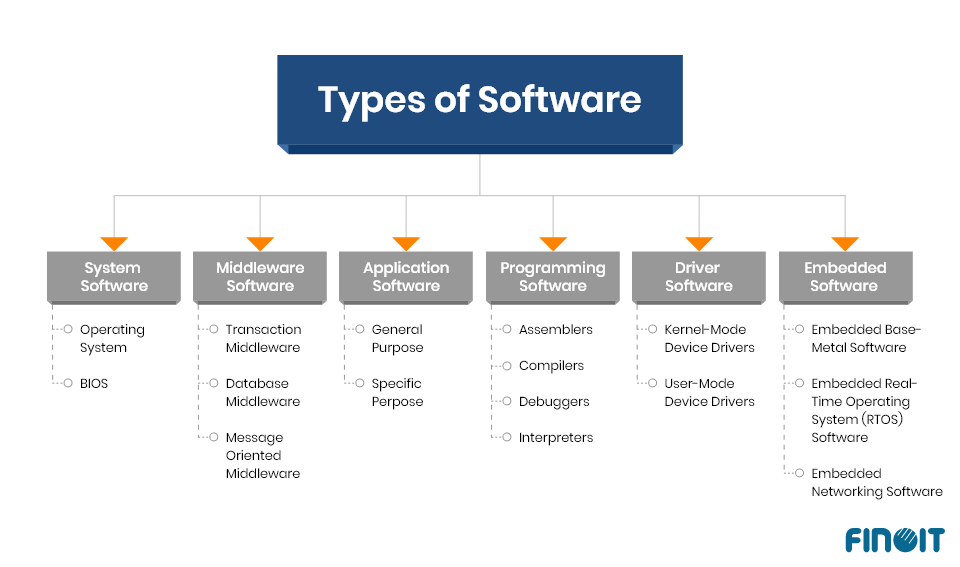
This image is property of www.finoit.com.
Application Software
Application software is designed to perform specific tasks or functions for end-users. It includes word processors, spreadsheets, and presentation software – all of which enhance productivity and provide specific capabilities to users.
Word Processors
Word processors are applications that allow users to create, edit, and format documents. They provide a range of text formatting options, spell-checking functionality, and the ability to insert images, tables, and other elements into documents. Popular examples of word processors include Microsoft Word, Google Docs, and Apple Pages.
Spreadsheets
Spreadsheets are used for managing and analyzing numerical data in various industries and domains. They provide a tabular structure where data can be organized, calculated, and presented visually through charts and graphs. Spreadsheet software, such as Microsoft Excel, Google Sheets, and Apple Numbers, provides powerful functions and formulas for advanced calculations and data manipulation.
Presentation Software
Presentation software enables users to create visually appealing slideshows or presentations to convey information effectively. These tools allow users to combine text, images, videos, and other multimedia elements to create engaging presentations for various purposes, including business meetings, educational lectures, and conferences. Well-known presentation software options include Microsoft PowerPoint, Google Slides, and Apple Keynote.
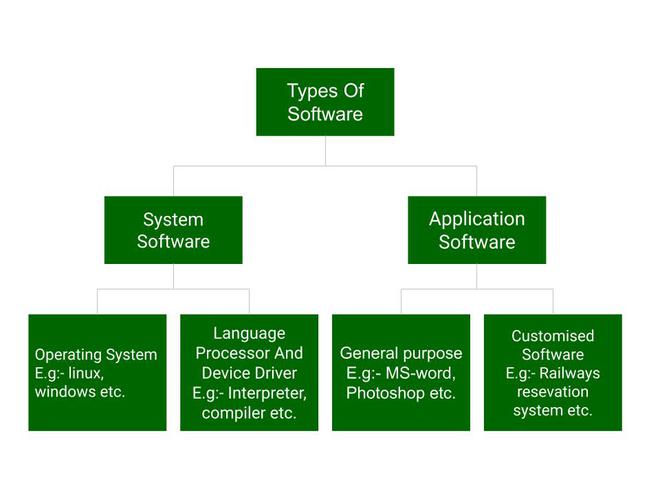
This image is property of media.geeksforgeeks.org.
Utility Software
Utility software includes a range of tools and applications designed to enhance the overall functionality and performance of a computer or electronic device. It includes antivirus software, backup software, and compression software.
Antivirus Software
Antivirus software is designed to protect computers and electronic devices from malicious software, commonly known as malware. Antivirus programs continuously monitor system activities, scan files and programs for signs of malicious code, and remove or quarantine any identified threats. They play a vital role in safeguarding devices from viruses, worms, Trojans, and other types of malware that can compromise data security and system integrity.
Backup Software
Backup software allows users to create copies or backups of their important files and data. These backups serve as a safety net in case of accidental deletion, hardware failure, or other unforeseen events that may result in data loss. Backup software automates the process of creating and maintaining backups, ensuring that essential data is regularly and securely stored on external devices, network drives, or cloud storage platforms.
Compression Software
Compression software helps reduce the size of large files or collections of files, making them easier to store, transfer, and share. This software employs algorithms to compress data, eliminating redundant or unnecessary information while retaining the original file’s integrity. Compressed files can be decompressed by the recipient using compatible decompression software. Popular compression software includes WinRAR, 7-Zip, and ZIP.
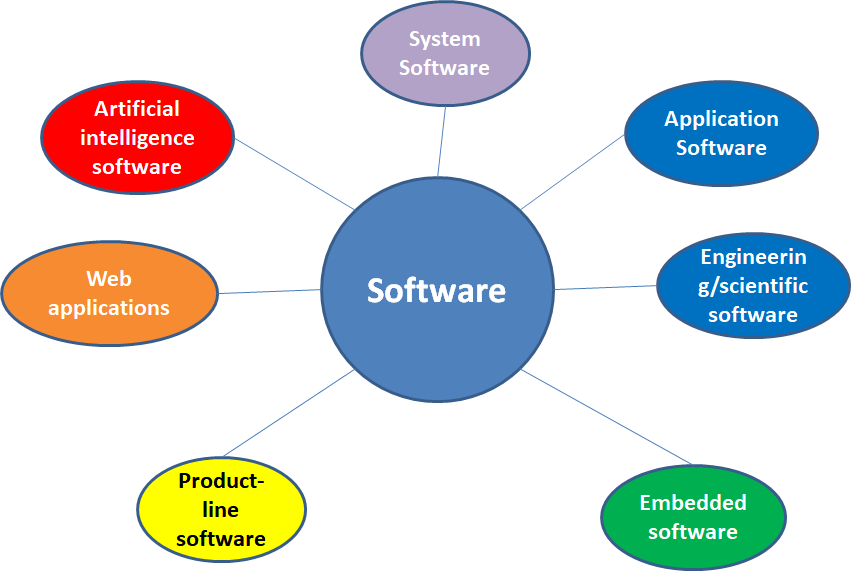
This image is property of i.stack.imgur.com.
Embedded Software
Embedded software refers to the specific software embedded within electronic devices or systems to control their operation. It can be found in various domains, including automotive, industrial control, and medical settings.
Automotive Software
Automotive software is extensively used in modern vehicles to control and monitor various aspects of their operation. It helps manage engine functions, navigation systems, entertainment systems, safety features, and overall vehicle diagnostics. Automotive software plays a critical role in ensuring efficient vehicle performance, user experience, and safety on the roads.
Industrial Control Software
Industrial control software is employed in various industrial settings to monitor, control, and automate complex processes and machinery. This software enables efficient control of manufacturing equipment, ensuring precise operations, minimizing errors, and enhancing productivity. Industrial control software also plays a significant role in managing inventory, tracking logistics, and optimizing overall production efficiency.
Medical Software
Medical software encompasses a wide range of applications that support healthcare professionals in their daily workflows. It includes electronic medical record systems, medical imaging software, clinical decision support systems, and many other specialized tools. Medical software helps improve patient care, streamline administrative processes, enhance diagnostics, and enable efficient communication and collaboration among healthcare providers.
In conclusion, software plays a vital role in our daily lives, enabling the functionality and efficient operation of computers, electronic devices, and industrial systems. Understanding the various types of software, including system software, programming software, application software, utility software, and embedded software, allows us to appreciate the diverse tools and capabilities that power our digital world. So next time you’re using a word processor, analyzing spreadsheets, or even driving a car, remember the underlying software that makes it all possible.
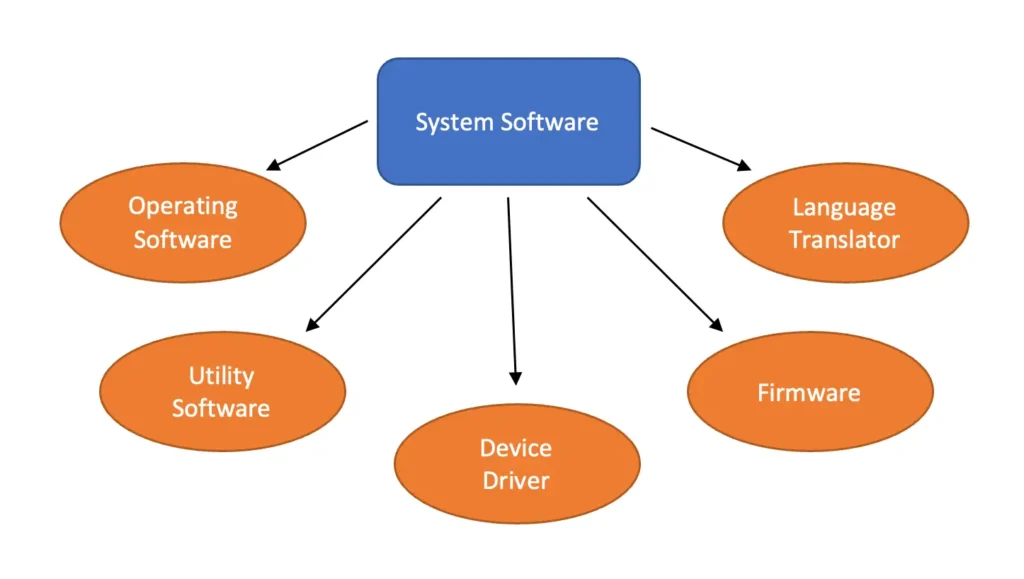
This image is property of www.thecrazyprogrammer.com.
